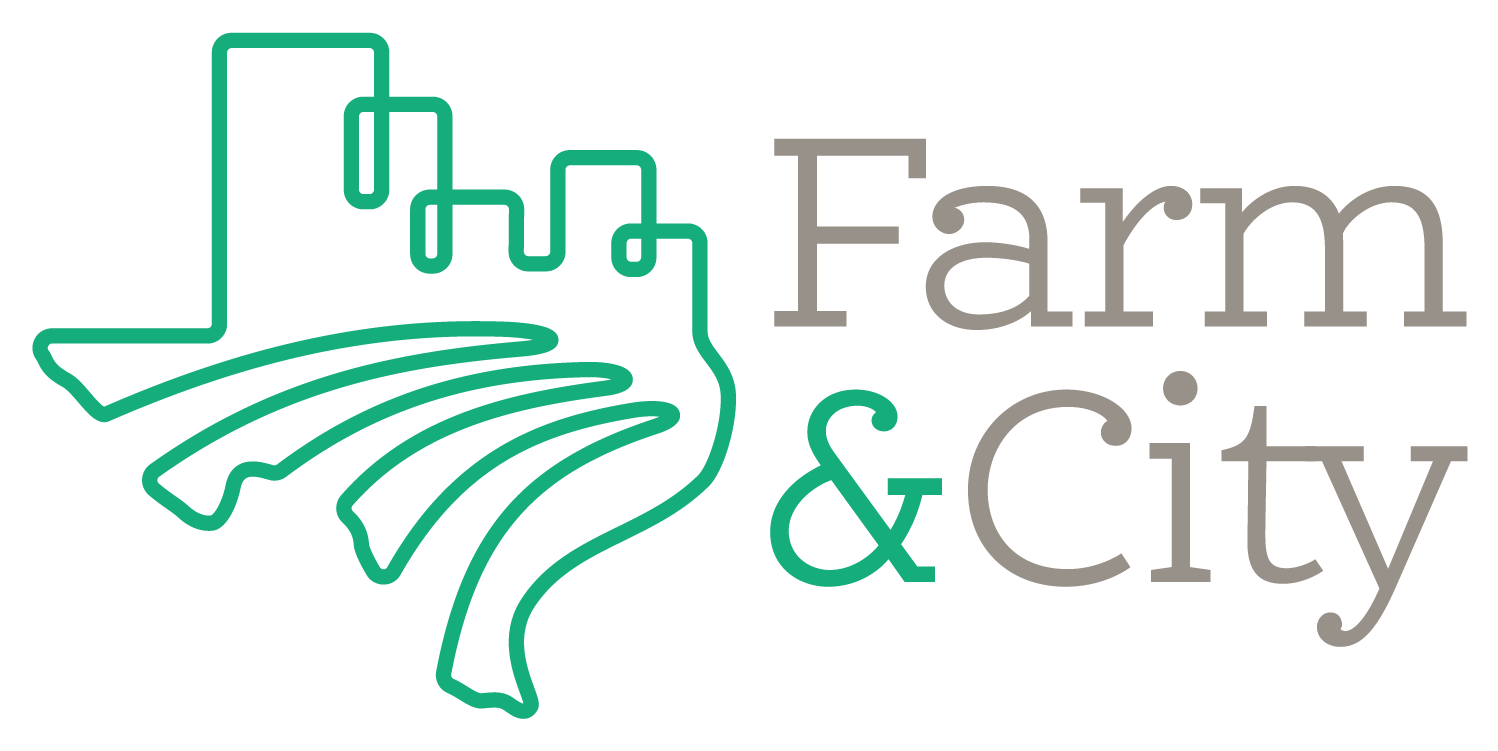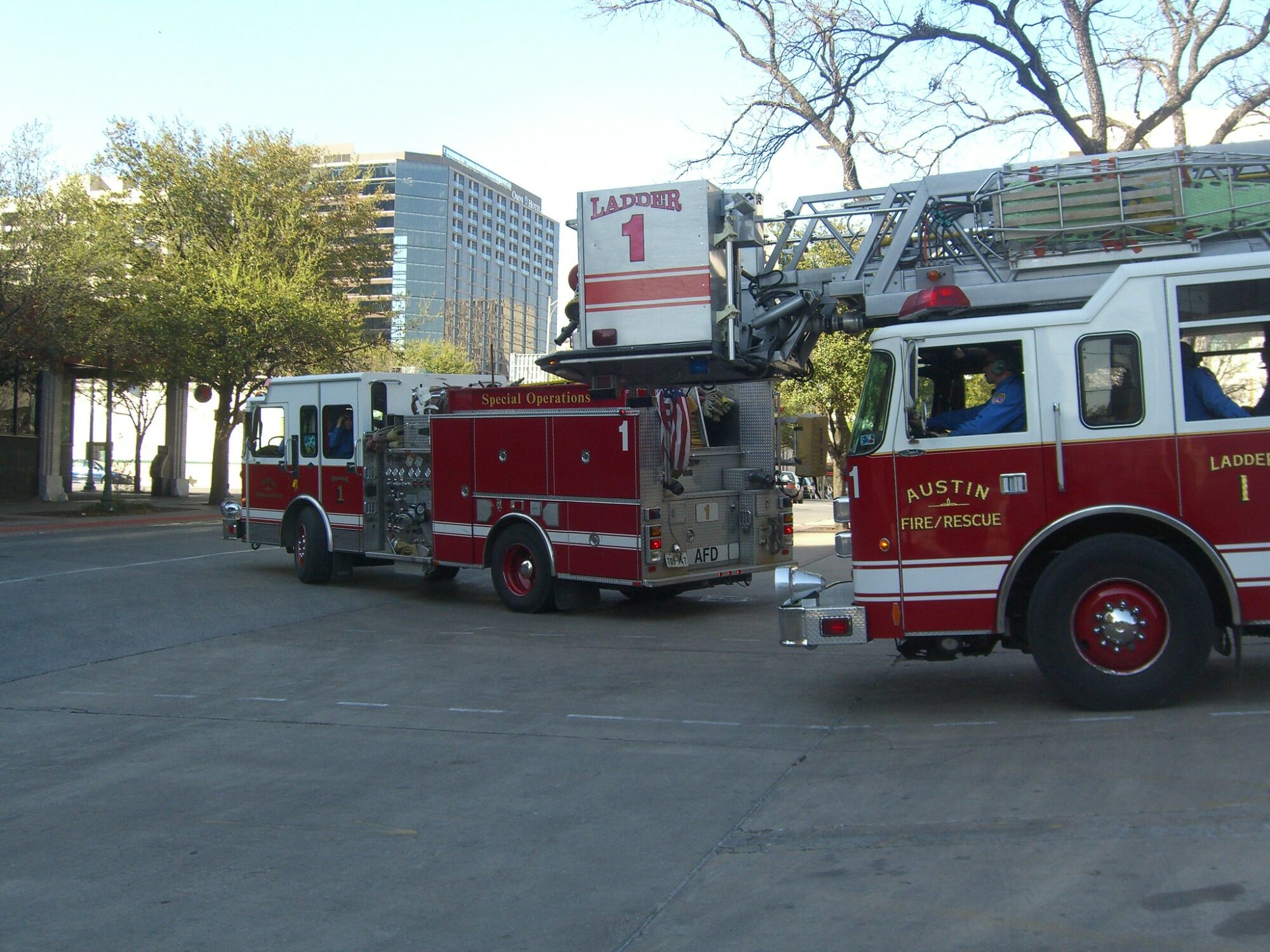Quick and safe access for emergency vehicles, prioritizing public transportation vehicles, and improving the overall safety and ease of being on a busy road: All of these are outcomes of the proposed Emergency / Transit Vehicle Signal Priority project that the Capital Area Metropolitan Planning Organization (CAMPO) Transportation Policy Board (TPB) funded last year, but which is currently threatened to be cut as part of the package of deferments.
Of the three Intelligent Transportation Systems (ITS) projects, all are currently slated to be cut to some extent, with a different ITS project that we do not believe would be as beneficial as the signal priority project slated to receive partial funding. Also, swapping priorities to fund this project instead could theoretically free up about a million dollars to be allocated to other projects. Funding ITS projects will give us a much greater bang for our buck, significantly improving the regional transportation system and public safety, with benefits at thousands of intersections.
Utilizing signal priority technology improves transportation time by doing things such as adjusting green and red traffic light timing, giving right of way for emergency and transit vehicles, and therefore improving overall safety for users. Choosing to modernize the signals and technology already in use results in a more cost-effective way that is safer and user-friendly.
Comments are due today, June 1, to comments@campotexas.org. Please take five minutes to put your support for the Emergency / Transit Vehicle Priority Project on the record.
Signal priority technology is a positive, cost-effective, long-term investment. By upgrading the signaling functions and technology at intersections in Austin, signal priority technology will more quickly provide safer access to users, emergency vehicles and public transportation units. Emergency and transit detection will be a cheaper option than the proposed vehicle detection. Choosing emergency and transit detection will also result in a better return on investment.
Austin busses are often trapped in car traffic and can fall behind schedule, due to the fact that Austin does not have functioning “Bus Only” lanes, signal priority technology will better allow our public transit system to run on time, and offer reliability and offer reliability and a competitive option for users. Traffic congestion also does not allow for adequate accommodation for emergency vehicles. Focussing on signal priority technology will guarantee better accommodation for these vehicles. Focusing on this technology can guarantee quicker access to safer streets and reduce overall traffic-related injuries and deaths.
The City of Austin’s signal priority technology project provides preemption capabilities at all intersections that are city-controlled. Within the City of Austin there are approximately 1,000 signals. With a preemption system like this, an emergency vehicle has the capability to send a message to a traffic signal before its arrival, indicating to the signals at that intersection that it is responding to an emergency. This message allows the traffic signal to instigate signal phasing, further providing the incoming emergency vehicle with a green light. This emergency vehicle preemption system will provide Austin improved safety and versatility in how it manages the 1,000 signal system. Reducing emergency vehicles’ response times has a positive effect by reducing risk of energy and property damage.
As the city of Austin continues to grow and traffic continues to worsen, signal priority technology will be a helpful asset to everyday commute and will make Austinites and visitors to the city so much safer. The region should give a higher priority to these kinds of smart upgrades to our existing transportation system (in every county) than to building new capacity.
For more specific information, please reference the following documents that were submitted by the City of Austin on three different ITS projects:
https://www.farmandcity.org/its-evp_tsp_app-2/
https://www.farmandcity.org/its-one-system_app/
https://www.farmandcity.org/its-vehicle-detections_app/
CAMPO is accepting public comments on the proposed project deferments until Monday, June 1 at comments@campotexas.org. The Policy Board will meet again on Monday, June 8 at 2 p.m. to make a final decision about which projects to defer, when members of the public will have an opportunity to call in and make public comments. CAMPO hosts live streams on their website and their facebook page.
We strongly encourage you to send in your your wants, desires, vision, and needs for the regional transportation system by emailing CAMPO at comments@campotexas.org today, and asking your friends, family, and colleagues to do the same, by the end of the day Monday, June 1.
Follow Farm&City on Twitter and Facebook for more information about how these projects might affect the CAMPO service area.
You can support our work to empower all Texans to meaningfully engage in equitable, sustainable regional planning by donating to our summer fundraising campaign, which is partially funding our team of summer interns, who are working hard right now to provide context and analysis to aid in this decision on which project to defer.
Image Credit: Mark Norman Francis, Creative Commons license, Flickr

